- 1 Why Choose Anti-Slip Bamboo Decking for Your Outdoor Space?
- 2 Best Anti-Slip Decking Materials for Wet Areas: How Bamboo Compares
- 3 How to Install Non-Slip Bamboo Flooring Outdoors: A Step-by-Step Guide
- 4 Bamboo Decking Safety Ratings for Pool Areas: What You Need to Know
- 5 Maintenance Tips for Slippery Outdoor Bamboo Decks
- 6 Eco-Friendly Anti-Slip Decking Options: Why Bamboo Leads the Way
Why Choose Anti-Slip Bamboo Decking for Your Outdoor Space?
When it comes to outdoor flooring solutions, anti-slip bamboo decking has emerged as a premium choice for homeowners and designers alike. This innovative material combines the natural beauty of bamboo with enhanced safety features, making it ideal for pool surrounds, patios, and other high-moisture areas. Unlike traditional wood decking that becomes slippery when wet, bamboo decking with anti-slip properties maintains traction even in rainy conditions.
The Science Behind Bamboo's Slip Resistance
The slip-resistant qualities of bamboo decking come from several factors working together:
- Natural texture of bamboo fibers that create micro-grooves for water drainage
- Specialized manufacturing processes that enhance surface grip
- Optional textured finishes that can be added during production
- Natural silica content in bamboo that provides inherent friction
Best Anti-Slip Decking Materials for Wet Areas: How Bamboo Compares
When evaluating best anti-slip decking materials for wet areas, bamboo stands out against conventional options. Let's examine how it compares to other popular decking materials:
| Material | Slip Resistance (Dry) | Slip Resistance (Wet) | Maintenance Requirements |
|---|---|---|---|
| Bamboo Decking | Excellent | Very Good | Low |
| Pressure-Treated Wood | Good | Poor | High |
| Composite Decking | Good | Fair | Medium |
| Concrete Pavers | Fair | Good (when textured) | Medium |
Long-Term Performance in Wet Conditions
Bamboo's performance in wet environments surpasses many traditional materials because:
- It doesn't absorb water as readily as traditional wood, reducing warping and swelling
- The natural oils in bamboo resist mold and mildew growth
- Properly treated bamboo maintains its slip-resistant properties for years
- It doesn't develop the slick algae film that plagues many decking materials
How to Install Non-Slip Bamboo Flooring Outdoors: A Step-by-Step Guide
Installing non-slip bamboo flooring outdoors requires careful planning and execution to ensure optimal performance and longevity. Here's a comprehensive guide to proper installation:
Preparation and Subframe Construction
The foundation of any successful bamboo decking installation begins with proper subframe preparation:
- Ensure adequate ground clearance (minimum 12 inches) for ventilation
- Use pressure-treated joists spaced according to manufacturer specifications
- Install a slight slope (1/4 inch per foot) for water runoff
- Consider using hidden fastener systems for a cleaner look
Installation Techniques for Maximum Slip Resistance
To maximize the anti-slip properties of your bamboo decking:
- Install boards with the grain pattern running lengthwise for better water runoff
- Leave appropriate expansion gaps (typically 5-8mm between boards)
- Consider alternating board directions for enhanced texture
- Use specialized clips that allow for proper board spacing and movement
Bamboo Decking Safety Ratings for Pool Areas: What You Need to Know
When selecting decking for pool surrounds, understanding bamboo decking safety ratings for pool areas is crucial for both compliance and safety.
International Safety Standards for Pool Decking
Various international standards govern slip resistance in wet areas:
- ASTM F1677 (Standard Test Method for Using a Portable Inclineable Articulated Strut Slip Tester)
- DIN 51130 (German standard for slip resistance classification)
- ANSI A326.3 (American standard for wet static coefficient of friction)
- BS 7976 (British pendulum test for slip resistance)
How Bamboo Decking Meets Safety Requirements
Quality bamboo decking products typically exceed minimum safety requirements for pool areas:
- Most premium bamboo decking achieves R10-R11 slip resistance ratings
- Properly installed bamboo decking maintains COF (Coefficient of Friction) above 0.6 when wet
- Many products meet ADA requirements for accessible routes
- Some manufacturers offer specialized pool-grade bamboo decking with enhanced texture
Maintenance Tips for Slippery Outdoor Bamboo Decks
Even with naturally slip-resistant properties, proper care is essential to maintain slippery outdoor bamboo decks in optimal condition.
Regular Cleaning Procedures
A consistent cleaning routine will preserve both the appearance and safety of your bamboo deck:
- Sweep regularly to remove debris that can retain moisture
- Wash with mild soap and water using a soft brush every 2-3 months
- Avoid pressure washers which can damage the surface texture
- Immediately clean up spills that could lead to staining or slippery patches
Seasonal Maintenance for Year-Round Safety
Different seasons present unique challenges for outdoor bamboo decking:
- Spring: Inspect for winter damage and reapply protective coatings if needed
- Summer: Provide shade to prevent excessive UV exposure
- Fall: Clear leaves promptly to prevent moisture retention
- Winter: Use plastic shovels for snow removal to avoid surface damage
Eco-Friendly Anti-Slip Decking Options: Why Bamboo Leads the Way
In today's environmentally conscious world, eco-friendly anti-slip decking options are increasingly sought after, and bamboo stands at the forefront of sustainable decking solutions.
Bamboo's Environmental Advantages
Bamboo offers numerous ecological benefits compared to traditional decking materials:
- Rapid renewability (matures in 3-5 years versus decades for trees)
- Minimal need for pesticides or fertilizers during growth
- Carbon sequestration capabilities exceeding many tree species
- Natural resistance to pests reduces chemical treatment requirements
Sustainability Certifications to Look For
When selecting bamboo decking, these certifications indicate responsible sourcing:
- FSC (Forest Stewardship Council) certification
- ISO 14001 environmental management standards
- CARB Phase 2 compliance for low formaldehyde emissions
- GREENGUARD Gold certification for indoor air quality

 English
English Deutsch
Deutsch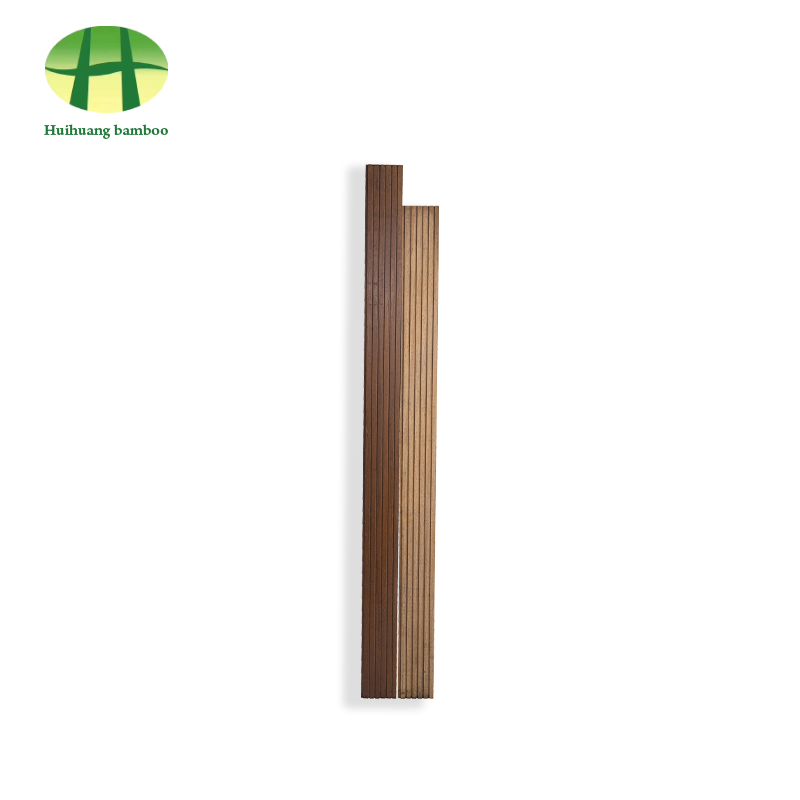
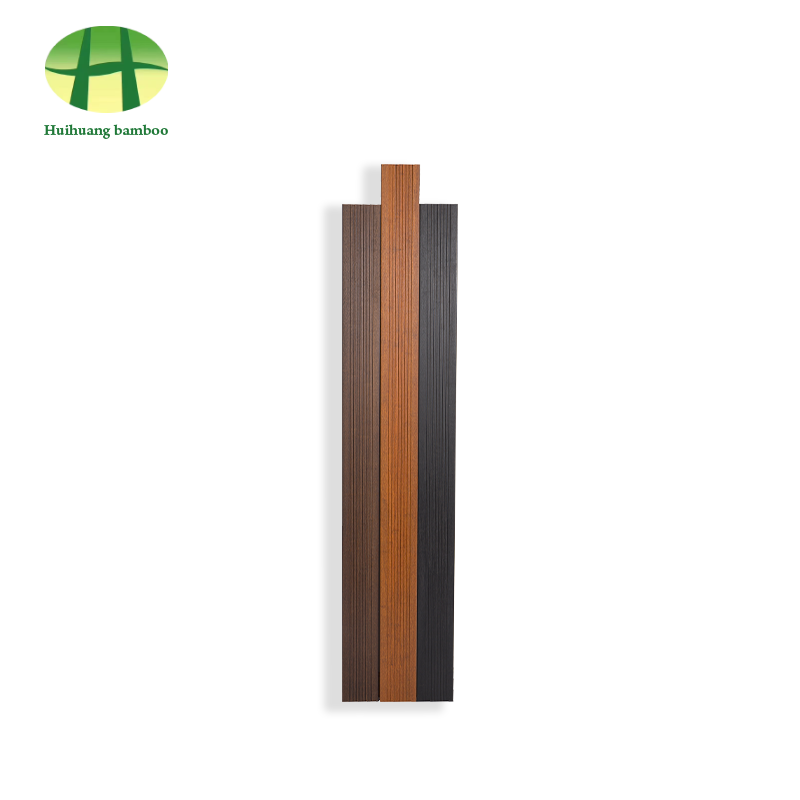
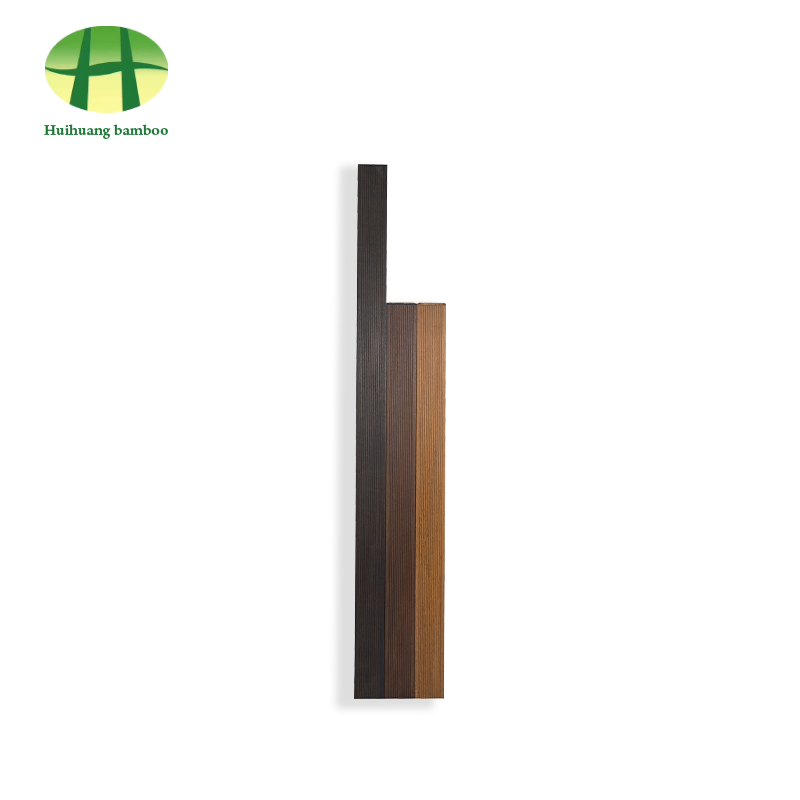
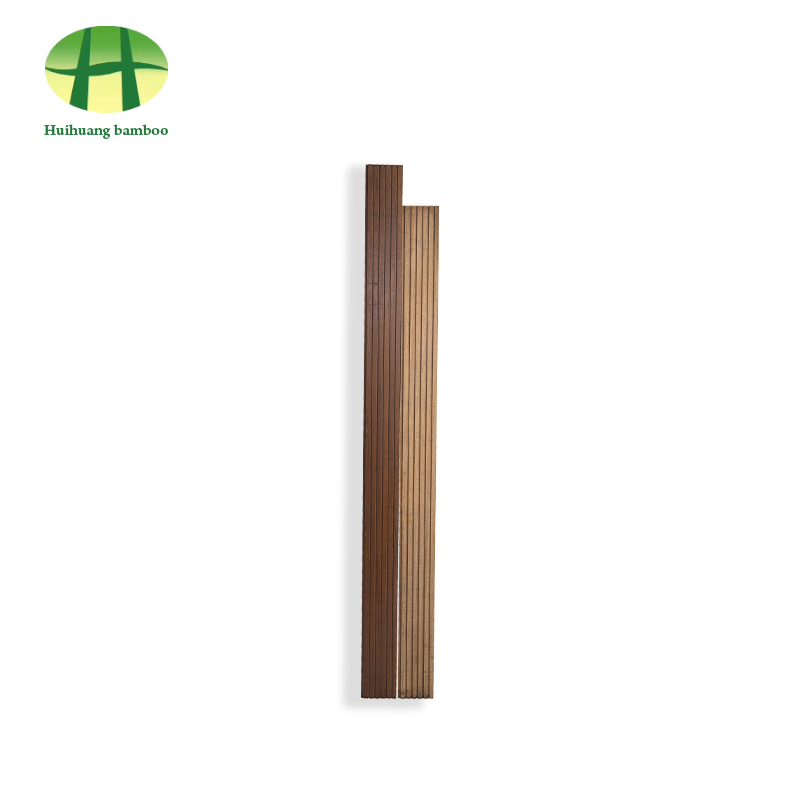
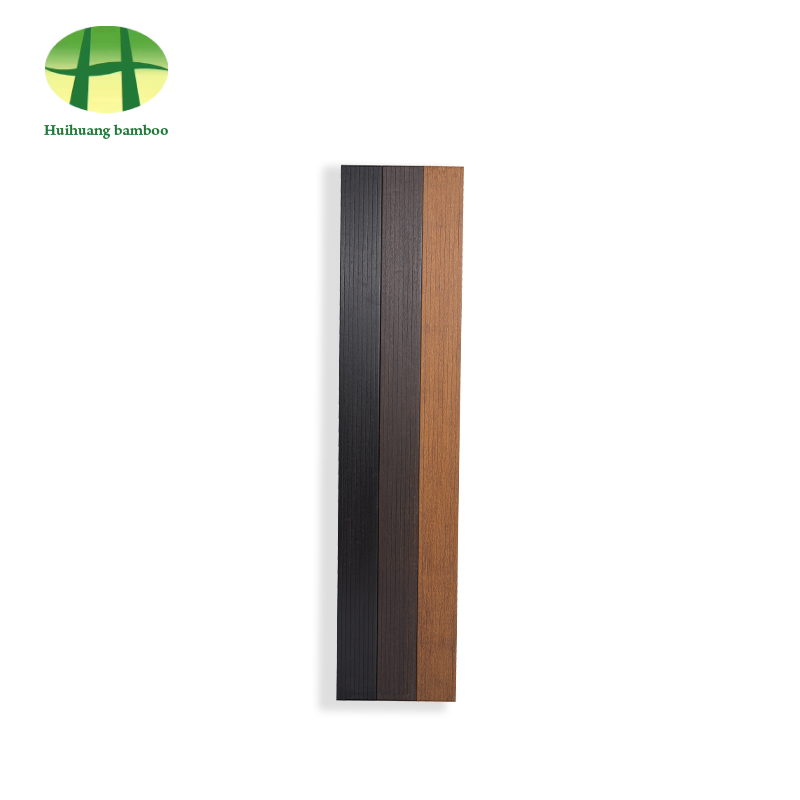
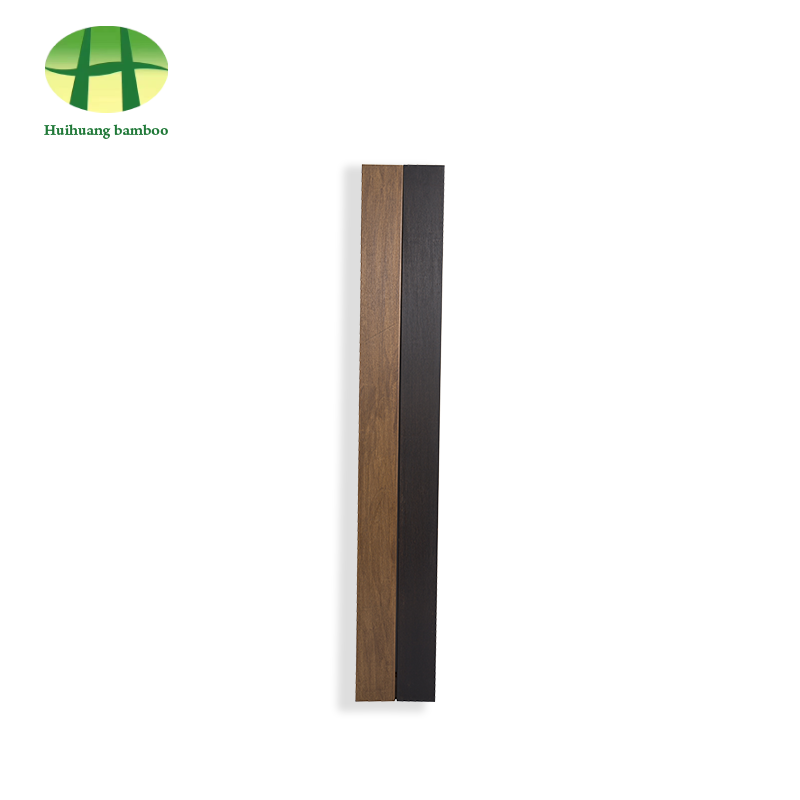
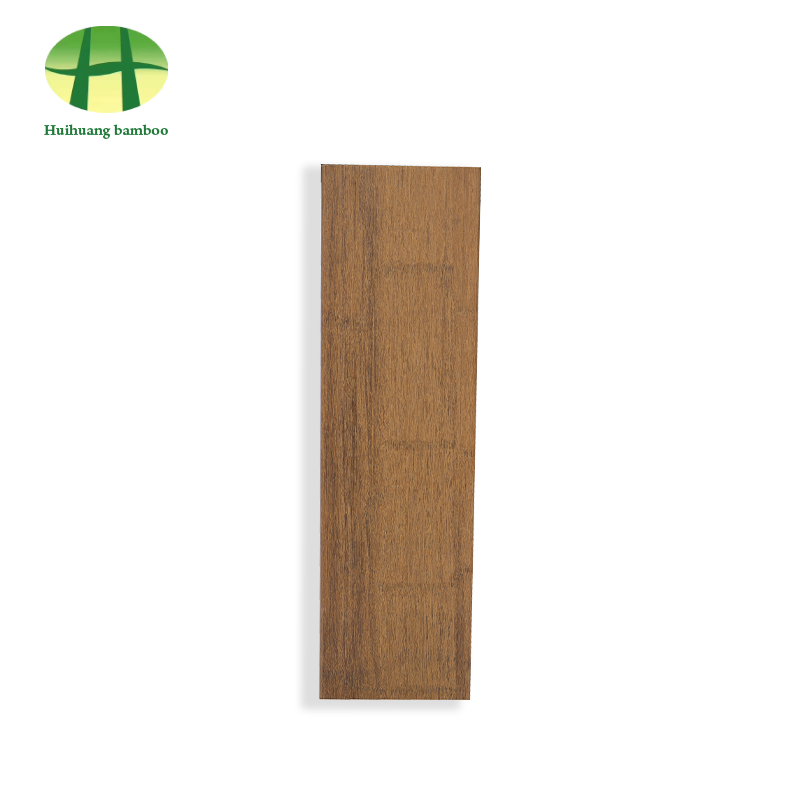

 +86-572-5215066 5216895
+86-572-5215066 5216895 office@hh-bamboo.com
office@hh-bamboo.com East Side of Huanggang RD,Ningdun County, Ningguo ,Xuancheng City,Anhui Province,China.
East Side of Huanggang RD,Ningdun County, Ningguo ,Xuancheng City,Anhui Province,China.